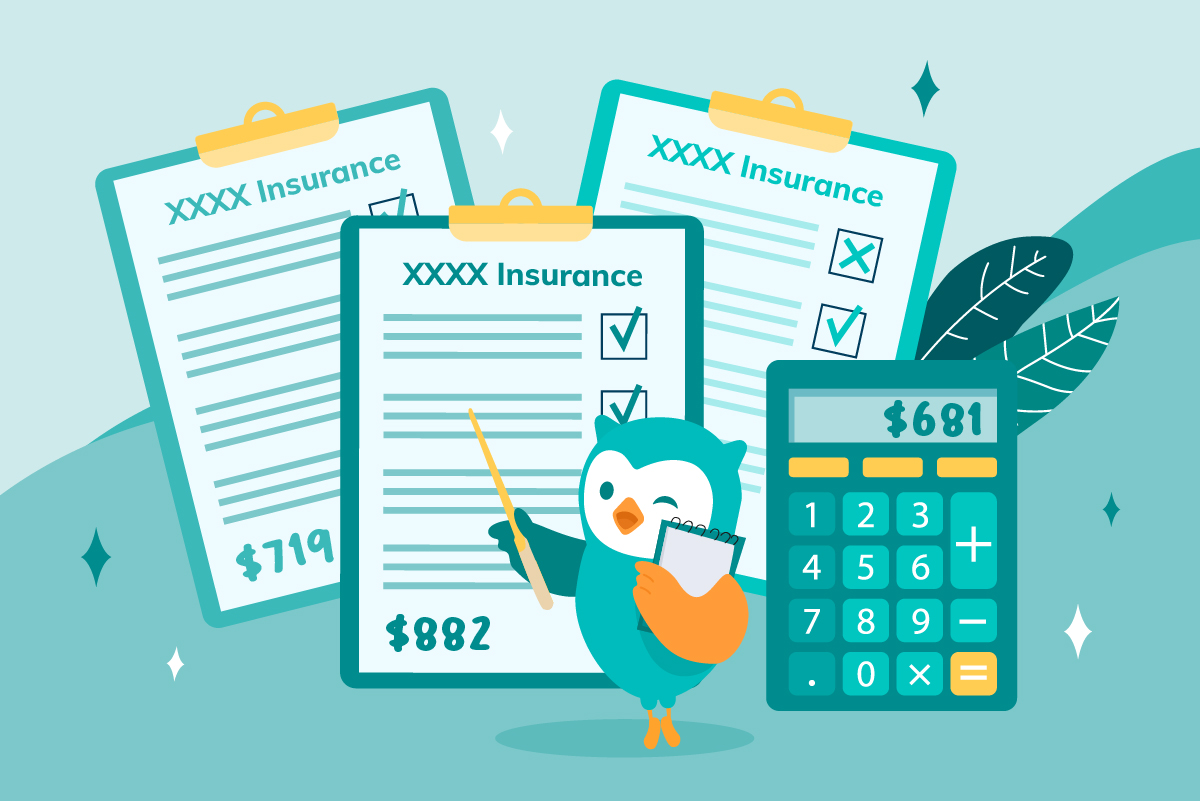Note: It was announced in November 2023 that MoneyOwl will be acquired by Temasek Trust to serve communities under a re-purposed model, and will move away from direct sale of financial products. The article is retained with original information relevant as at the date of the article only, and any mention of products or promotions is retained for reference purposes only.
______________
Important Things To Know About Retiring in Singapore or Anywhere In The World
A common question posed to me at conferences and panel discussions is: “Can we retire in Singapore?” It seems that many Singaporeans are worried that they can’t.
Sometimes, foreign institutions and so-called experts add to the anxiety by mistakenly measuring Singapore’s system against their methods. In a 2017 report, The Global Savings Gap, the International Longevity Centre UK (ILC-UK) compared the adequacy and sustainability of pension systems across 28 OECD countries, as well as Singapore and Hong Kong. It reported that our system did not perform well relative to other countries in terms of retirement income adequacy since there is no basic pension or significant safety net for the poorest. The report seems to suggest that our system will not be able to prepare Singaporeans adequately for retirement.
Similarly, in a 2015 report, HR consultancy AON declared that retirement inadequacy in Singapore was “acute”. By their calculation, the average CPF LIFE payouts would only replace about 25% of a person whose last drawn salary was around $60,000, far lower than the rule of thumb of a 75% replacement ratio. However, these studies do not recognise the unique features of Singapore’s retirement system and I have to disagree with this conclusion.
So what does it take to retire in Singapore or for that matter, anywhere in the world? We need to have 3 “things” in retirement:

- A fully paid house
- Medical plan to pay for medical expenses
- Lifelong monthly income
In Singapore, this is achieved not through our pension scheme alone, but holistically and together with other schemes.
Home Ownership
Today more than 90% of Singaporeans own our houses and more than 80% of the lowest income group (those in the bottom 20% of income) also own their own homes. We have one of the highest home ownership rates in the world. This is made possible via the Home Ownership Scheme where government-subsidised public housing (HDB flats) are made available to Singaporeans at an affordable price and below market rate. In addition, there are various government grants made available for the purchase of these flats. Furthermore, these HDB flats can be paid using CPF under the Public Housing Scheme. This means that in retirement, a big part of the expenses (rental or mortgage) is already taken care of. In contrast, retirees in other countries who do not own their own homes would require a higher retirement income to pay for rental.
Medical Plan
In order to ensure that Singaporeans are able to pay for huge medical expenses, since November of 2015, all Singaporeans are covered under Medishield Life and the premiums can be paid from our CPF Medisave account. In addition, Medisave can also be used to pay for CareShield Life/ElderShield (a severe disability insurance plan) and any excess amount that might not be fully covered under insurance. This means that in retirement, huge medical expenses are taken care of.
Lifelong Monthly Income
One of the best instruments to give us a reliable income stream for life is the annuity. CPF LIFE is the national annuity programme.

So, is the monthly payout adequate for retirement in Singapore? The BRS and corresponding payouts are sized to correspond to the average monthly household expenditure (excluding housing needs) per household member for the 21st to 40th expenditure quintile (2nd lowest group) among retiree households based on statistical surveys and this is about $800 in 10 years’ time. So, the BRS will provide sufficient payout for this group. For those who are financially more able, they will get more payout if they have FRS and ERS.
As an example, a couple who has $279,000 each in their RA in 2021 will have about $4,000 per month for life in 10 years’ time and living in a fully paid house. And if needed, one can also monetise their property (which by retirement would have appreciated in its value) by either renting out a room in their house or downgrade to a smaller unit in their retirement, or for those living in smaller HDB flats, sell the remaining of the lease back to HDB under the Enhanced Lease Buyback scheme. All three ways will allow them to have a higher monthly income.
To help Singaporeans accumulate towards their retirement sums, our CPF interest rates ranges between 2.5% to 6% p.a. across the various accounts. This interest is currently guaranteed which not many countries can do. Another point to note is that in Singapore, employees and employers are required to make mandatory contributions into the CPF. Many countries find it difficult to get employees and employers to participate in such retirement savings schemes. In Singapore, the CPF has been in place since 1955. So, although Singapore has no universal basic pension, with housing and medical taken care of, our CPF should provide adequate retirement income for us.
For the low-income elderly who currently still fall short of having enough CPF savings to meet the Basic Retirement Sum at 55, other support schemes kick in, including those under the Merdeka Generation package announced in 2019. In addition, we have other social assistance schemes such as GST vouchers and ComCare. Together with some given by their children, they should still be able to retire today.
The report by foreign institutions must be taken with a pinch of salt. Sometimes, these reports are funded by financial institutions who may have a vested interest in selling investment or insurance products. Secondly, to simply focus on retirement income is too narrow. These reports often use a common international benchmark which states a retiree needs about 70%-75% of his pre-retirement income in old age (also known as income replacement rate or IRR). This is at best a rule of thumb, which does not take into account how different countries manage major expenses like housing and healthcare, in old age. In my 20 years of providing financial advice to families, I have never used this assumption. It is too simplistic and impractical. Singapore has designed a retirement system that is sustainable, something that many countries with a universal basic pension are struggling with. In addition, our system encourages the behaviour of self-reliance.
During a one-on-one interview by BBC Hardtalk presenter Stephen Sackur, at the St Gallen Symposium in Switzerland in May 2017., Mr Sackur asked Singapore’s then-DPM Tharman Shanmugaratnam whether he believes in the concept of a safety net. After much sarcasm and pressure, DPM Tharman answered: “I believe in the notion of a trampoline.” He further elaborated by saying that “if you provide help for someone who is willing to study hard; if you provide help for someone who is willing to take up a job and work at it, and make life not so easy if you stay out of work; if you provide help for someone who wants to own a home . . . it transforms culture.
It’s not just about transactions. It’s not just about the size of grants. It’s about keeping alive a culture where I feel proud that I own my home and I earn my own success through my job. I feel proud that I’m raising my family. And keeping that culture going is what keeps a society vibrant. This pretty sums up Singapore’s retirement system. As a Singaporean growing up in the 70s, I never had the mindset of depending on the government for my retirement. It is my own responsibility. And we should continue to do what works well for our little island.
Christopher Tan is the CEO of Providend & Senior Advisor at MoneyOwl. Both MoneyOwl and Providend share the same investment philosophy. This is an updated version of an article entitled “CPF Has Unique Features That Work For Singapore” published in The Business Times on 29 July 2017.
Announcement: With effect from 1 June 2022, MoneyOwl is a 100% NTUC Enterprise (NE)-owned company.




